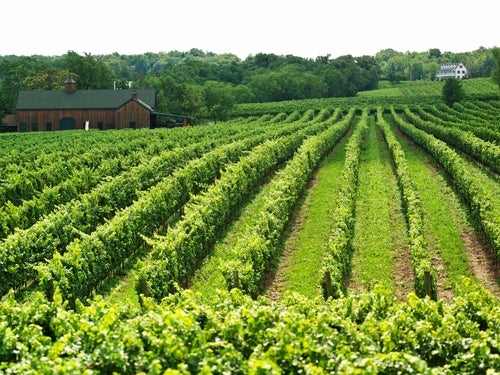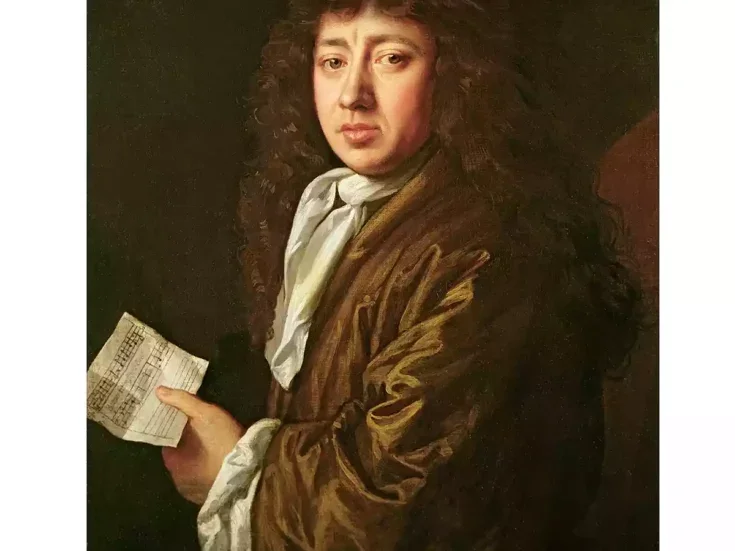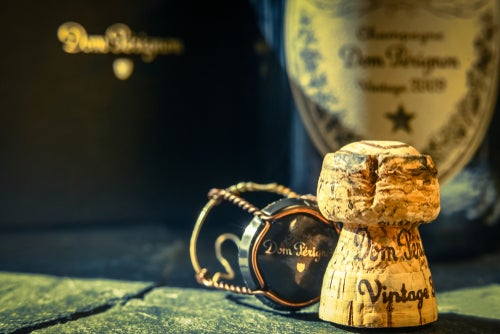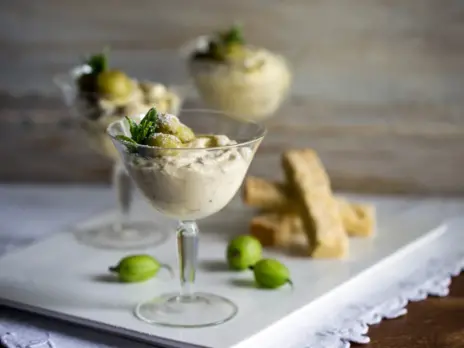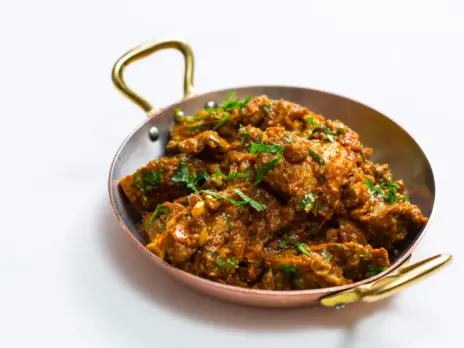
The launch of a new Dom Pérignon Vintage tends not to stint on theatricality; the chef de cave assumes the role of artistic director, impresario, showman, and, in the case of Vincent Chaperon, priest, magnificently emulating the charisma of his predecessor Richard Geoffroy in a pageant of carefully choreographed indulgence. The 2024 Révélations brings us to Barcelona (why not?!) and introduces us to the 2015 Vintage, with the now-traditional simultaneous release of the latest Plénitude 2, this time from 2006. Guests are treated to a ceremonial tasting, an exhibition, and a flamboyant dinner, and we all go home with a glossy hardback copy of the book Trace. An object lesson in luxury branding. Somewhere in its midst there lurks some wine.
All very impressive; all very DP. Chaperon, an agronomic engineer by training, has slipped effortlessly into the guise of a philosophe manqué, his language gilded with poetic abstraction and a fair share of charming non sequiturs. Trace, after all, celebrates a vintage (2023) that in the end is not going to be produced. The entire exhibition (frottage prints, Seurat-influenced paintings, endless photographs of the 2023 harvest, and a celebration of Dom Pérignon’s Cave Thomas, where, apparently, in 1673 the great man took refuge during the harvest) is a commemoration of something that didn’t happen. There will be no 2023-vintage Dom Pérignon, since good volumes of fruit were not matched by adequate phenolic ripeness, Vincent tells us. This setback, of course, can also be painted as a virtue. Imagine the lost revenue, all the more so given that there is no Non- or even Multi-Vintage Dom Pérignon to take up the slack; imagine the gap to be plugged by this sudden and unplanned lack of X million bottles. (No one really quite knows how much DP is made, but X is sure to be quite a large number!) Vincent, true to form, sees an opportunity to philosophize, quoting Derrida, for whom the word (and presumably the book) “trace” serves as a “contingent term of a mark of an absence of a presence.” There will be no 2023 Dom Pérignon, but we are left with the story of its artistic genesis. A Real Presence, filtered through multidisciplined artistic endeavor—every discipline, that is, other than actually making a wine. Absence is present, presented through Chaperon’s multilayered vision.
The sacerdotal impulse is amplified during the tasting itself. A fleet of black limousines ferries us to a converted concrete factory on the outskirts of Barcelona; La Fabrica has been reconstructed by architect Ricardo Bofill to maintain the Brutalist ambience of a silo but also to take on the luminosity of a cathedral, with light streaming dramatically through the narrow apertures of high Gothic windows. By way of contrast, the gardens are exotic, near tropical, and it is here where obsidian plinths, illuminated from below, have been arranged, each awaiting a glass of 2015 Dom Pérignon. Each taster is asked to put on a pair of headphones; Satie’s Gymnopédie No.1 swells, and Vincent, dark-suited, closes his eyes and raises his glass to the skies. As do we. A celebration rather than an overt act of worship, maybe, but shrouded in drama and a sense of occasion. Dinner thereafter is spectacular (prepared by Albert Adrià and Niko Romito, with their own twist on the tactility theme), accompanied by a piano recital from Bertrand Chamayou (I think that we were treated, inter alia, to John Cage’s 4’33”, where the silence was once described by the composer as “the absence of intended sounds”) and further elucidation from the man of the moment, the showman of the moment, the shaman of the moment.
Luxury branding writ large
Vincent advises that 2015 was a tricky year but clearly not quite as problematic as 2023. He praises the “glorious” Pinot Noir but recalls that the fruit selection overall was strict: Only 70% of an average crop was harvested. Winter was wet, spring mild, early summer very hot (the warmest August for 45 years and overall warmer than both 1976 and 2003), before a little benevolent rain and a relatively early harvest, initiated on August 28. A year to mark a stylistic evolution in Champagne (a “new paradigm,” per Vincent), with the risk of drought and excessive sugar finally overtaking anxieties about acidity levels and insufficient ripeness. The grapes were harvested at 10.5% of potential alcohol and 6.9g/l of total acidity, the resulting wine appreciably “phenolic” but not lacking freshness. Phenols are, according to Vincent, the source of a “new dynamic of freshness.” Maybe this needs some further elucidation.
Vincent’s eloquence is unrelenting, however. He describes 2015 as “an unwavering presence with a tactile sensation that allows the wine to fully express its plénitude and to unfold over space and time.” All in the fullness of time, one might say, and the complementary Plénitude release serves to show the fruits of another warm year (2006 was “hot but not dry,” at times almost tropical, with concomitant mildew risk) and how they have evolved over a 15-year tirage. The 2006 P2 is described as “voluptuous” and “with the generous curve of an embrace,” thereby also posited by its difference, as well as its similarity to the younger wine. 2015, after all, is “linear, with a horizontal, broad, and rectilinear luminous austerity.” Quite a collection of adjectives, but do they do justice to the concentration of the wine or, for that matter, to the fizz, which presumably should rejoice in a certain verticality of temperament? It is hard to say… Words only get one so far, clearly, but words are key to Vincent, as are concepts. The medium is the message. Luxury branding writ large.
Vincent has always said that he prefers to be in the vineyard rather than in the winery—a significant statement, given that Richard Geoffroy usually said the opposite. But where in the vineyard? Which vineyard? There are 900 potential sites available to DP for the sourcing of the grapes; we have the focus on Dom Pérignon’s personal cave (complete with its gnomic chalky graffiti) but very little mention of actual vineyards. When pushed, Vincent mentions a fondness for a Pinot Noir site called La Côte in Aÿ, south-facing, steep, and very chalky, or the more east-facing vineyards of Verzy and Verzenay—but he does not go further than that. This is all the more interesting given that Dom Pérignon, of late, has made quite a thing about its progression to vinification by site (climat), but very few sites merit a mention, and there is certainly no prospect of a single-vineyard Dom Pérignon wine in the offing. The wine will not be grounded thus; it remains the quintessence of a blend, unerring in its complexity and infinitely subtle, with the further evolution of the Plénitudes 2 and 3 signifiers of the apotheosis of the process. P1 is but an elementary stepping stone, forsaken altogether in years such as 2023, but then ruggedly commemorated as an honorable absence. Trace is beautifully illustrated; and the exhibition, held in the Palau Martorell gallery (a converted neo-classical bank in the city center), is impressive indeed. There are paintings of Monet mist on the vineyards, etchings of the vines inspired by the frottage technique of Giuseppe Penone, Alexandre Gergangen’s psychologically penetrating photographs of the vineyard protagonists, lithographs composed like brass rubbings, beautiful drawings and collages. Everything, in short, except for wine.
A magnificent experience, broad in scope, a synesthetic and sometimes surreal feast of feasts. The artistic textures are to find representation in the wines… the shape of water. Behind the oft-repeated quest for “tactility,” Vincent seeks six characteristics in his wines: shape, volume, suppleness, weight, temperature, and friction. The new phenolic paradigm will allow us to trace all these elements in the wines and thereby better understand both their composition and their cerebral impact. All very revealing.
Tasting
Barcelona, July 2024
2015 Dom Pérignon
(51% Pinot Noir, 49% Chardonnay; disgorged January 2023; dosage 5g/l)
Elegant mother-of-pearl color and texture, with a lively mousse. Classic nose of gunflint and smoke, intimations of reduction; hints of chalk, chamomile, cardamom, honeysuckle, and peony. The flesh of the fruit (nectarine and green apple) rests on a finely chiseled and textured foundation. The tactility of the phenols, Vincent reminds us, adds an almost paradoxical freshness to the finish, thereby skillfully downplaying the legacy of a warmer year and threading the ensemble into a filigree of elegant potential. | 93–95
2006 Dom Pérignon P2
(62% Pinot Noir, 38% Chardonnay; disgorged January 2023; dosage 5g/l)
Spanish gold, but with a lively mousse and an olfactory attack dominated by sour honey, pineapple, and iodine—tempered exoticism, in other words, the tension of flinty acidity lifting the ensemble neatly. Thereafter, there is spice (cinnamon and white pepper) and hints of cacao and hazelnut anchoring the mid-palate neatly. There is authority on the finish, deftly sequestered by a diaphanous lightness of touch. | 95

